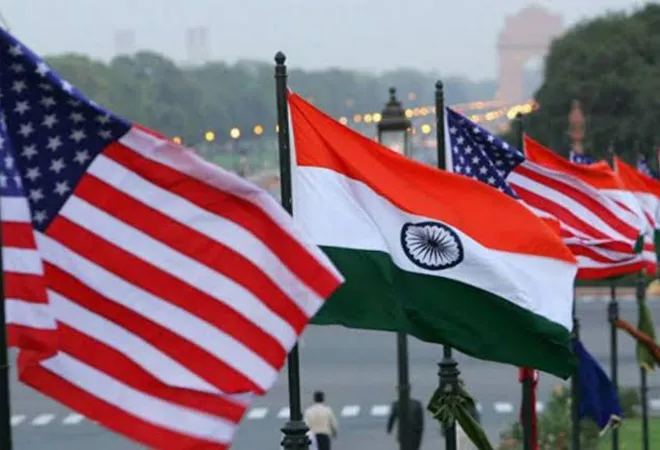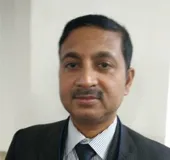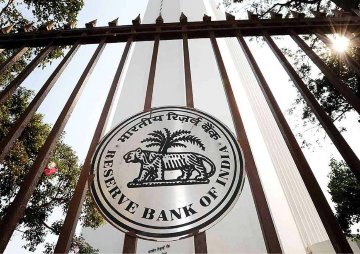
The contours of strategic partnership between India and the United States are founded on shared democratic political architecture – India being the largest democracy while US the oldest one. The strong institutional affinity, deep-rooted democratic foundations, robust constitutional fabric in polity and decision process, vibrancy in cultural diversity fostering multiculturalism, shared belief in freedom of human rights, strong people-to-people ties, and non-interventional business and economic framework with the spirit of globalization and competition are hallmarks that bring the two countries closer to each other. The convergences of fundamental socio-politico-economic attributes and strategic interests that the two countries share constitute strong underpinnings that make New Delhi and Washington natural allies. This is a very special relationship that stands the test of time and has enormous potential to shape the dynamics of 21st century global geopolitics. The need of the hour is that the two countries actually explore such immense possibilities not only at the governmental level but also at the civil society dimension bolstering the momentum of people-to-people interaction and ushering in a new transformational era of strategic bonding.
Historically, even though the trajectory of India-United States ties have witnessed chequered momentum from time to time, yet the relationship between the two countries has gradually evolved into a more robust and matured partnership based on mutual trust especially after the end of Cold War with India embarking into an outward looking economic developmental roadmap. In recent years, especially since 2014, with the Narendra Modi government coming to office in India one can notice that the relationship between New Delhi and Washington has entered an altogether revamped phase of warming up scaling newer heights of mutual commitment and trust.
What we see now is that the dimensions of strategic partnership in the last five years with successively Modi-Obama and currently Modi-Trump relations have deepened and reflected in treating each other as symmetrical partners sharing each other’s concerns in a more meaningful manner and acting together towards mitigation. Even though the ties between the two countries are multifarious, yet greater engaged cooperation is generally observed both in bilateral framework and in multilateral fora such as UN Security Council, G-20, Quad, JAI (Japan-America-India) alliance, Financial Action Task Force (FATF). On similar note, the formation of 2 Plus 2 Dialogue by itself exemplifies how much importance the two countries currently provide in acquiring new qualitative edge and purpose towards emboldening shared commitment in dealing with the menace of strategic security issues of mutual interests. It is heartening to see that the expanding and rapidly unfolding dimensions of strategic ties between New Delhi and Washington have now being increasingly perceived by international community to be potent, decisive and impactful in shaping global geopolitical nomenclature.
With the ties between India and the United States becoming even more robust, strategic and balanced in recent years on a range of issues, defence and strategic security perhaps stands at the top. New Delhi views US as one of its key strategic defence partners by procuring about $18 billion worth of defense equipment in recent years. However, the current state of defence cooperation is still much less than the actual potential. While New Delhi’s defence ties with Russia, France and Israel should not disturb the uniquely positioned Indo-US equilibrium, the two countries should make more concerted efforts towards heightened co-operation on defence production while addressing mutual strategic security concerns, defence issues, global terrorism, cyber-security. In this context it is encouraging to see the Pentagon admitting,
“The US-India strategic partnership has strengthened significantly during the past two decades, based on a convergence of strategic interests, and the United States and India continue to use their deepening relationship to build new partnerships”
Keeping things in perspective in proximity to India, both New Delhi and Washington well recognize convergence of mutual interests and the need for enhanced cooperation in maintaining peace and stability especially in the Indian Ocean Region and Indo-Pacific. Such understanding becomes all the more critical especially in the context of growing Chinese aspirations for establishing hegemony and altering power balance in this vital area of global maritime trade. The India Ocean region is crucial as nearly half of global commercial sea-vessels and two-thirds global oil trade pass through these sea lines. Both Prime Minister Modi and President Trump are aware of the potential strategic threats arising out of complex geopolitical dimensions in the greater Indian Ocean region, sensitivity of Persian Gulf region included. With the US recently designating India as “Major Defence Partner,” a status unique to India, new vistas have opened for elevated Indo-US cooperation impacting power balance in the region and neutralizing shared security threats. As part of accelerated India-US security partnership joint military exercises between the Indian and US military personnel have been taking place on a sustainable basis. In this context it is vital if Quad and Japan-America-India alliance can further be activated to provide traction to existing Indo-US efforts to maintain peace and stability in the region.
Expectations abound that the personal friendship and trust between Prime Minister Modi and President Trump can act as big game changer in addressing pressing problems that concern not only the two countries but the entire world. Leaders can make big difference if they want. History shows Reagan-Gorbachev political willingness considerably de-escalated tension during height of Cold War. Both Modi and Trump treat and greet each other with great respect and camaraderie. They are on the same page in identifying shared threats. They understand that the two countries need each other for fulfilling common cause and concerns. Diplomacy apart, the strong people-to-people connection and high spirit reflected in recently concluded “Howdy Modi” event, where the two leaders shared stage together, was truly astounding. The optics is profoundly ripe for a big leap forward in elevating Indo-US ties to its legitimate highest potential and impacting global geopolitics.
The views expressed above belong to the author(s). ORF research and analyses now available on Telegram! Click here to access our curated content — blogs, longforms and interviews.




 PREV
PREV


